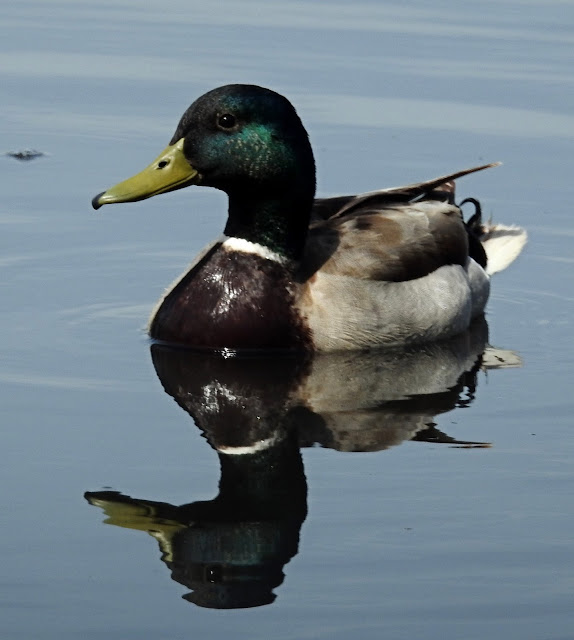Heliconius melpomene, the postman butterfly, common postman or simply postman, is a brightly colored, geographically variable butterfly species found throughout Central and South America. It was first described by Carl Linnaeus in his 1758 10th edition of Systema Naturae. Its coloration coevolved with another member of the genus, H. erato as a warning to predators of its inedibility; this is an example of Müllerian mimicry. H. melpomene was one of the first butterfly species observed to forage for pollen, a behavior that is common in other insect groups but rare in butterflies. Because of the recent rapid evolutionary radiation of the genus Heliconius and overlapping of its habitat with other related species, H. melpomene has been the subject of extensive study on speciation and hybridization. These hybrids tend to have low fitness as they look different from the original species and no longer exhibit Müllerian mimicry.
Heliconius melpomene possesses ultraviolet vision which enhances its ability to distinguish subtle differences between markings on the wings of other butterflies. This allows the butterfly to avoid mating with other species that share the same geographic range.
The postman butterfly is predominately black with either red or yellow bands across the forewings. The postman butterfly has large long wings (35–39 mm). It is poisonous, and the red patterns on its wings are an example of aposematism. They look similar to H. erato. Two features found on the underside of the hind wings help to distinguish H. erato from H. melpomene—H. erato usually has four red dots where the wing attaches to the thorax while H. melpomene usually has three. In Mexico, Central America and the west coast of Colombia and Ecuador, the yellowish-white stripe on the underside reaches the margin of the hindwing in H. erato but ends before reaching the margin in H. melpomene.
There are many geographical races/subspecies/morphs of this butterfly throughout Central and South America. The geographical variation in patterns has been studied using linkage mapping and it has been found that the patterns are associated with a small number of genetic loci called genomic "hotspots". Hotspot loci for color patterning have been found homologous between co-mimics H. erato and H. melpomene, strengthening evidence for parallel evolution between the two species, across morph patterns.
Heliconius melpomene is found from Central America to South America, especially on the slopes of the Andes mountains. It most commonly inhabits open terrain and forest edges, although it can also be found near the edges of rivers and streams. It shares its range with other Heliconius species, and H. melpomene is usually less abundant than other species.













%20(Serinus%20serinus)%2020.jpg)

%20(Serinus%20serinus)%2021.jpg)
%20(Serinus%20serinus)%2022.jpg)
%2020.jpg)












%2020.jpg)
%2021.jpg)
%2022.jpg)















